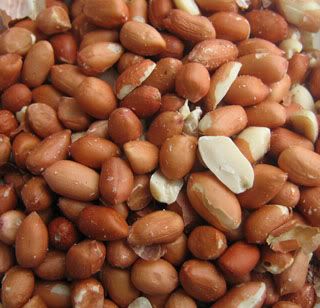
Alcoholics are people who can’t control their drinking. Untreated alcoholism is a life-threatening disease that can lead to death either from an accident or suicide (both are more common among heavy drinkers) or from a toxic reaction (acute alcohol poisoning that paralyzes body organs, including the heart and lungs) or malnutrition or liver damage (cirrhosis). Alcoholism makes it extremely difficult for the body to get essential nutrients.
Here’s why:
- Alcohol depresses appetite.
- An alcoholic may substitute alcohol for food, getting calories but no nutrients.
- Even when the alcoholic eats, the alcohol in his or her tissues can prevent the proper absorption of vitamins (notably the B vitamins), minerals, and other nutrients.
- Alcohol may also reduce the alcoholic’s ability to synthesize proteins.
No one knows exactly why some people are able to have a drink once a day or once a month or once a year, enjoy it, and move on, while others become addicted to alcohol. In the past, alcoholism has been blamed on heredity (bad genes), lack of willpower, or even a bad upbringing. But as science continues to unravel the mysteries of body chemistry, it’s reasonable to expect that researchers will eventually come up with a rational scientific explanation for the differences between social drinkers and people who can’t safely use alcohol. It just hasn’t happened yet.











